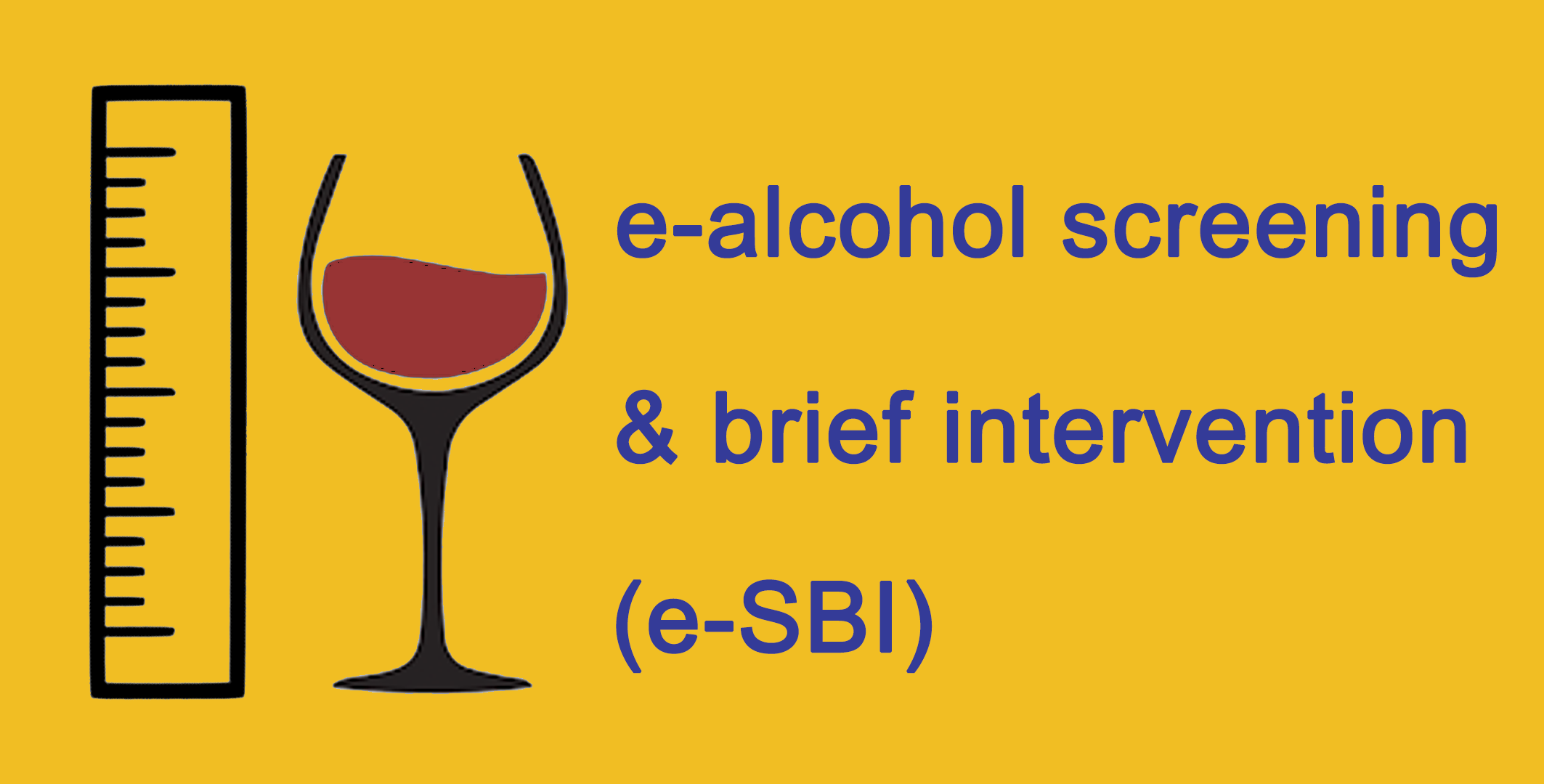NCD Watch
Overview of Cardiovascular Diseases
29 Oct 2018 (Mon)
 Cardiovascular diseases (CVD) are a group of disorders of the heart and blood vessels. Major types of CVD include hypertension, heart diseases (such as coronary heart disease, rheumatic heart disease and congenital heart disease), stroke, peripheral vascular disease, deep vein thrombosis and pulmonary embolism.
Cardiovascular diseases (CVD) are a group of disorders of the heart and blood vessels. Major types of CVD include hypertension, heart diseases (such as coronary heart disease, rheumatic heart disease and congenital heart disease), stroke, peripheral vascular disease, deep vein thrombosis and pulmonary embolism.
A number of modifiable and non-modifiable risk factors for CVD have been recognised. These risk factors can act independently to cause CVD, or they can act in combination to produce a synergistic effect on the risk of CVD. The more risk factors are present in an individual, the higher the risk of cardiovascular events. In Asia, the most potent modifiable risk factors for CVD include high blood pressure, smoking, diabetes, and high serum cholesterol. Overweight and obesity is also a major risk factor for CVD. More importantly, clustering of CVD risk factors are common in Asian populations.
CVD remain as a major public health issue in Hong Kong. In 2017, CVD accounted for 9 786 registered deaths, or about one in every five deaths. Between 2008 and 2017, the Thematic Household Surveys conducted by the Census and Statistics Department showed that the number of community-dwelling people with hypertension, heart diseases and stroke as told by practitioners of Western medicine increased about 55%, 21% and 13% respectively. Moreover, the Population Health Survey 2014/15 of the Department of Health (DH) estimated that among every 1 000 persons aged 30–74, 106 persons may suffer from CVD event over the next 10 years.
In May 2018, the Government launched “Towards 2025: Strategy and Action Plan to Prevent and Control Non-communicable Diseases in Hong Kong” announcing 9 local targets to be achieved by 2025, all of which are related to CVD prevention and control. The Government will strengthen the health system at all levels, in particular a comprehensive primary care for prevention, early detection and management of CVD based on the family doctor model; regularly review and update drug lists and clinical protocols based on scientific and clinical evidence to ensure equitable access by patients to cost-effective drugs and therapies of proven safety and efficacy for treatment of CVD in all public hospitals and clinics; and organise large scale and systematic health communication campaigns to raise public health literacy.
As individuals, we can contribute to the fight against CVD by choosing to live in healthy ways. They include:
- Eating a heart-healthy diet that is low in saturated and trans fats, salt and sugars; and rich in fruit, vegetables and whole-grains;
- Being physically active ;
- Maintaining a healthy weight and waist circumference .
- No smoking ;
- Refraining from alcohol consumption . It is noteworthy that evidence on possible heart benefit of alcohol remains controversial. Moreover, as a cancer-causing agent, alcohol should not be considered as something to protect the heart.






































